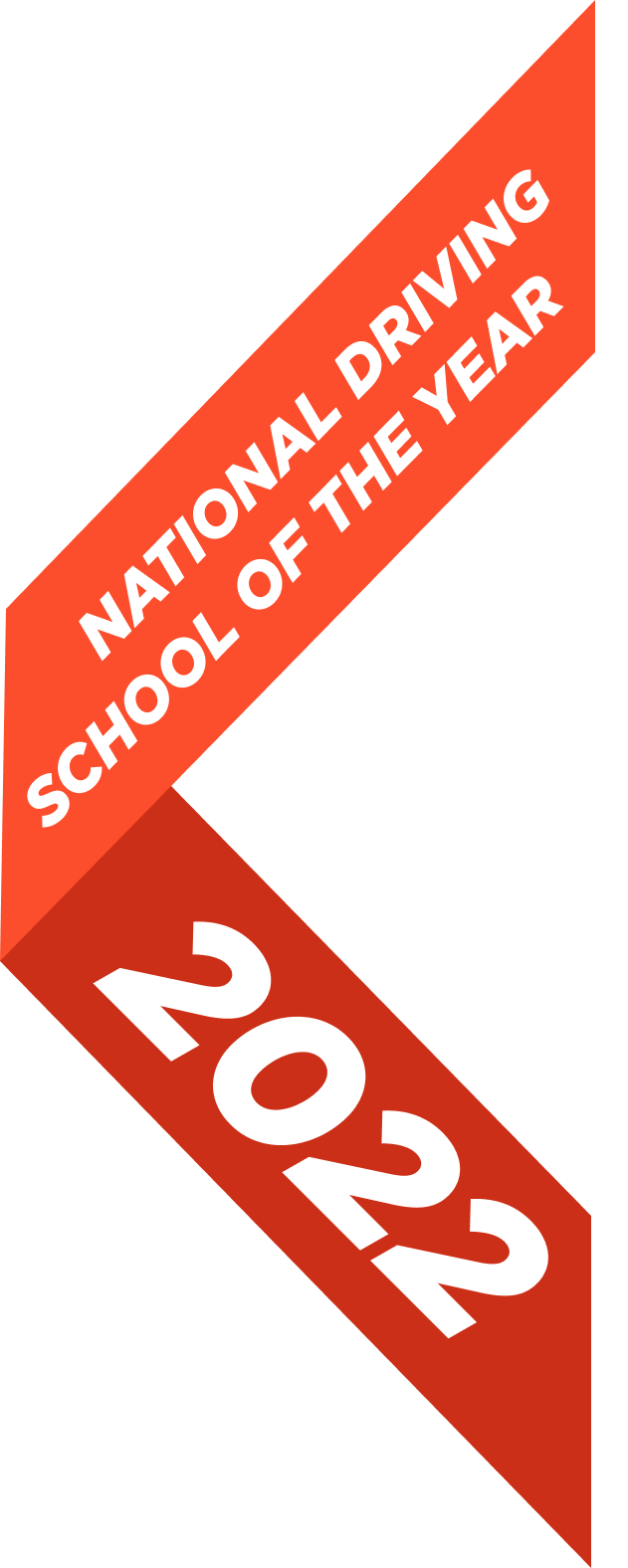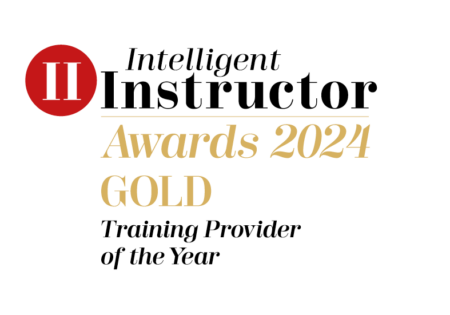10 Steps to Pass YOUR Test – Step 7: Booking and taking your Practical Test
We continue our 10 steps series with step 7, booking and taking your practical test.
Booking and attending your practical test
You can book your Practical Test on line at www.direct.gov.uk/bookpracticaltest, you can book over the phone on 0300 2001122 (0300 2001133 – welsh language), or you can ask your Driving Instructor if they can book it for you. The practical test currently costs £62 on a week day or £75 on a weekday evening, weekend or bank holiday. Please be aware though that not all test centres carry out practical tests on a Saturday and that weekday evening tests are only conducted when there is daylight.
To book the practical test you will need your provisional license, your theory pass date and certificate number, and a debit/credit card (or cash/cheque if your instructor is doing it for you). When you go to test you will need to bring with you a suitable car displaying ‘L’ plates (‘L’ or ‘D’ plates in Wales) or a driving school car. You can find out more about these rules at www.direct.gov.uk The documents you MUST take are both parts of your driving licence – photocard and the paper counterpart, or if you have the old-style paper licence, you must take your signed licence and a valid passport. No other form of photo I.D is acceptable. Before the test starts the examiner will ask you to sign a declaration confirming that the car is suitably insured and at the same time check your documents, (if you do not take the relevant documents the DVSA may refuse to carry out the test and you may lose your fee). If you want someone to accompany you on test, i.e. your instructor, you must make this known to the examiner at this point.
About the practical test
At the start of your test and before you drive the examiner will check your eyesight and ask you two questions on how to carry out vehicle safety checks (you will fail the test and will not drive if you cannot meet the eyesight requirements at this point). The examiner has a marking sheet which allows them to accurately record your performance. DO NOT try to read what the examiner is noting as it will distract you from your driving and lead to mistakes. After all, the examiner is noting things that have already happened and you need to fully concentrate on what is happening.
The practical test will last about 40 minutes. Throughout the test the examiner will be looking for an overall safe standard of driving. You will be given directions to follow and be asked to perform one of the manoeuvres involving reversing, which could be a ‘turn in the road’, ‘reverse park’ –either into a bay or parallel at the side of the road, or ‘reversing around a corner’. You may also be asked to perform an emergency stop.
The latest additional element to the test is called ‘independent driving’, which means making your own decisions. This will be part of your 40 minute test and will last for about 10 minutes. The examiner could give you a series of directions to follow and show you a diagram to help you understand where you are going, or you could be given a set of instructions to follow road signs, or a combination of both. The aim of this part of the test is to see that you can drive unsupervised, make safe decisions without any help in unfamiliar driving situations.
You are ‘allowed’ 15 driving errors, however just one fault considered serious or dangerous will mean a fail. Your examiner could also stop the test at any time if he considers your driving to be a danger to others, but this happens rarely with well prepared candidates. Should this happen you will have to walk back to the test centre unless your instructor has been sitting in the back of the test in which case he will drive you all back for a debrief.
Next time – Step 8: Complete your Mock Test




